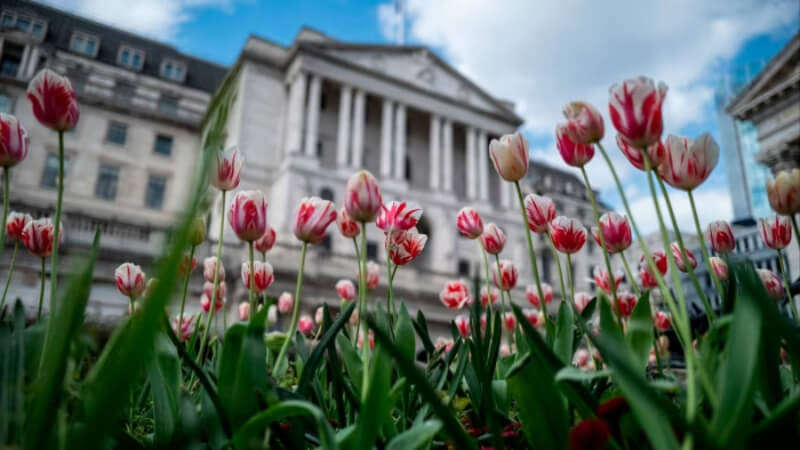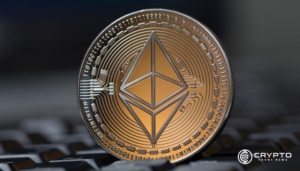- The Bank of England’s rate decision today is critical, with economists split 5:4 on whether to cut rates amid inflation concerns.
- Service inflation at 5.7% complicates the BoE’s rate cut decision despite overall inflation dropping to 2%.
- A rate cut could benefit homeowners with lower mortgages and spark investment in the crypto market, boosting risky assets.
The Bank of England (BoE) is expected to make a much-awaited rate announcement. Although many policy observers favor a cut, there are several macroeconomic considerations that make this choice difficult. Service inflation, currently at 5.7%, and rebounding growth present challenges.
Proponents of a rate cut highlight that this would be the first move in four years. They argue that if the BoE does not act now, a September decision will be more difficult. With inflation down to 2%, market participants widely expect a decision today. However, the unexpectedly high inflation of services data complicates matters.
Bloomberg reports a likely tight vote split of 5:4 among economists today. The Monetary Policy Committee members appear divided. Notably, hawkish Catherine Mann opposes a rate cut, while Swati Dhingra supports it. BoE Governor Andrew Bailey has hinted at a potential rate cut, but there is skepticism whether it will occur in August or be delayed until September.
Economic Implications of Rate Cuts
If the BoE cuts rates, homeowners could benefit from lower mortgage payments and rent. Conversely, savers would gain more if rates remained unchanged. The impact of a rate cut on the crypto market is significant. Bitcoin commentators anticipate that lower interest rates could drive investment into the market. Higher interest rates tend to shift funds away from risky assets.
The crypto market is currently experiencing slight losses. Stakeholders believe that lowered interest rates could spark the next market drive. This is coupled with the positive momentum from recent approvals and inflows into crypto ETFs.
The US Federal Reserve held interest rates steady while it awaited 2% inflation. However, in the last quarter of the year, the BoE anticipates headline inflation to increase to 2.75%. This increase is attributed to the fading effect of last year’s steep energy price drops. The BoE aims to return to its 2% target by early 2026.
Future Economic Outlook
The BoE focuses on medium-term inflation drivers such as service prices, wage growth, and labor market tightness. Despite the high services inflation in June, the BoE attributes this to volatile components and regulated prices. Wage growth at nearly 6% is double the rate consistent with 2% inflation, but it is slowing as expected.
The BoE now forecasts Britain’s economy will expand by 1.25% this year, revised up from 0.5%. Unemployment is expected to rise slightly due to high interest rates, which will reduce inflation pressures. However, there remains a risk that inflation may stay above target longer than expected.
Financial markets have priced in two quarter-point cuts by the BoE this year. The BoE’s forecasts align with market expectations, showing rates falling to about 3.7% by the end of 2026.
Next month, the BoE will decide whether to continue reducing its bond holdings. The BoE believes these sales have had a limited impact on the gilt market and sees high interest rates providing room to adjust monetary conditions if needed.






